Hanuman: Through the Ages (In 3 Volumes)
Synopsis
Several deities have been dominating the Indian religious scene from time immemorial. While some of them were in animal forms like tortoise, fish and others, some of them appeared in human forms, like Vamana, Parasurama, Rama and Krsna. Still others came to be adored in composite forms like Varaha (boar), Narasimha, etc. Hanuman had been one of them who could be placed in animal as well as the composite. In the former case he has been claimed in several texts to the having the form of monkey and sometimes he is represented in composite form of a human with the head of a monkey. He is said to have been born popularly of Anjana and Kesari or the wind-god. Though he possessed the immense strength, still almost all his virtues remained eclipsed till such time he did not come in contact with Rama. In fact, there had been a great boost in the personality of Hanuman after he was patronized by Rama and thereafter he became fully devoted to him and served him in case of every need and he even is said to have served as vehicle to Rama. There had been several powerful vehicles of the deities in the Indian relgious thought like Garuda for Visnu, Nandi-the bull for Siva and Lion for Durga and several others. None of these vehicles had gained such immense importance, devotion and popularity as compared to Hanuman and he was patronized by the people, the ancient polity as well the religious annals as the God who could rescue people during the time of great calamities, particularly during the medieval and subsequent times, though the process had already put in motion during the late Gupta period. The great poets like Tulasidasa, Suradasa, Samartha Guru Ramadasa and others paid special attention to propagate the cult of Hanuman, building his temples even in the remote localities.
Read more
202.50
182.25
$
225.00 $
Free delivery Wolrdwidе in 10-18 days
Ships in 1-2 days from New Delhi
Membership for 1 Year $35.00
Get it now and save 10%
Get it now and save 10%
BECOME A MEMBER

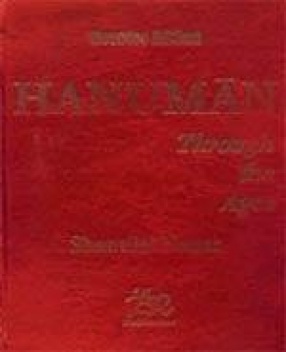
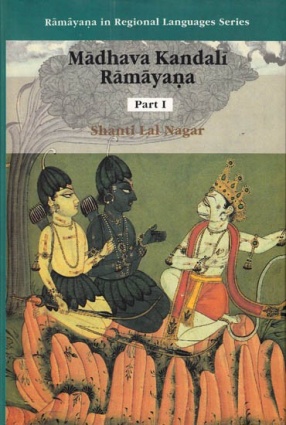
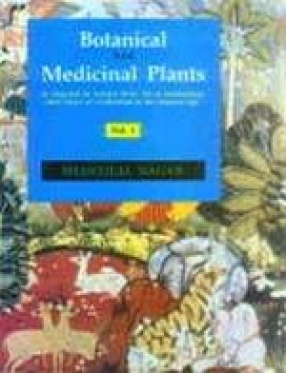
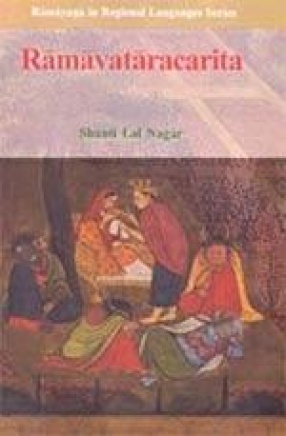
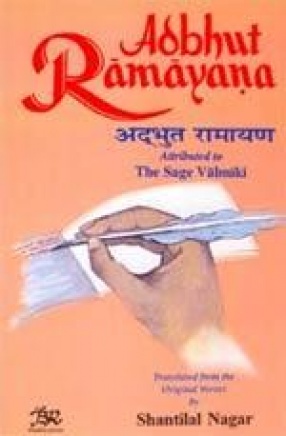

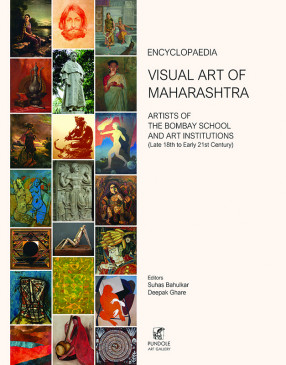
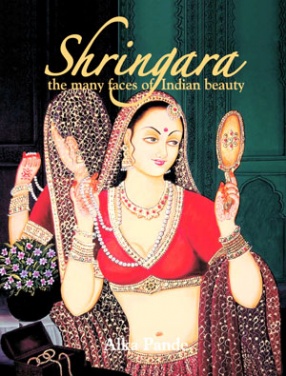
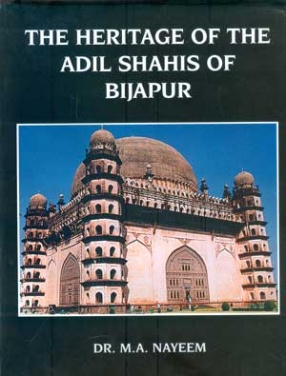

Bibliographic information